A Philadelphia walking guide
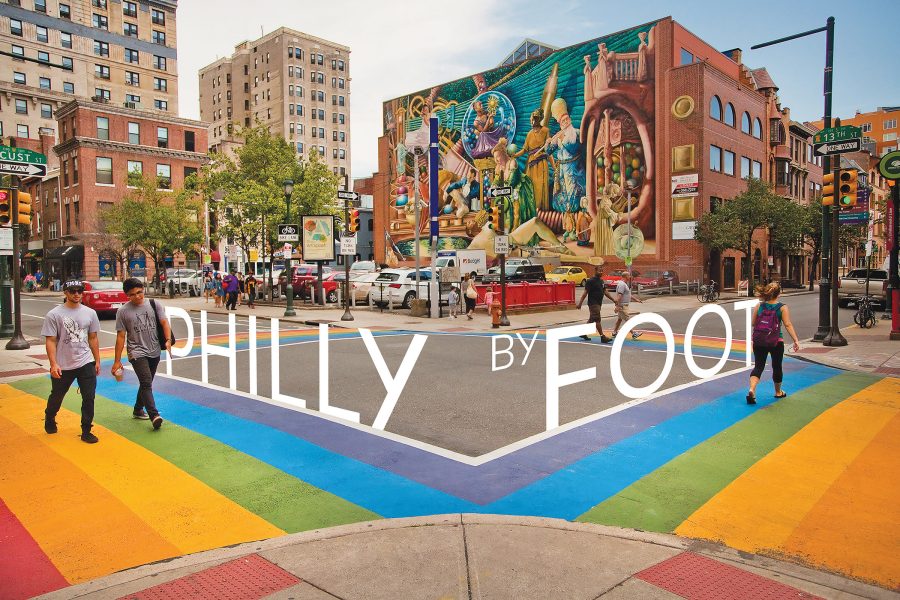
Welcome to the City of Brotherly Love. So says my driver as I get into the back seat of his taxi. I’ve just arrived in Philadelphia by train from New York City – a remarkably quick journey of 1 hour and 15 minutes with Amtrak – and there’s a noticeable shift in energy. The frenetic buzz of NYC has given way to a softer, more gentle hum.
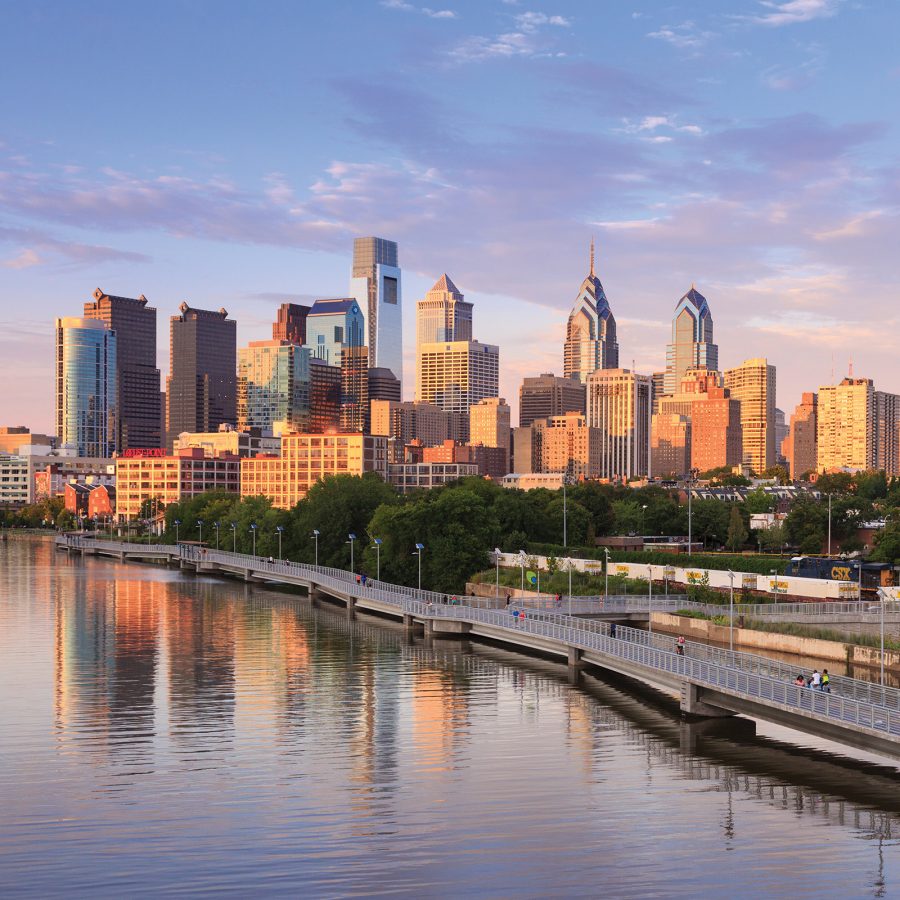
Credit: Jon Lovette/Getty Images
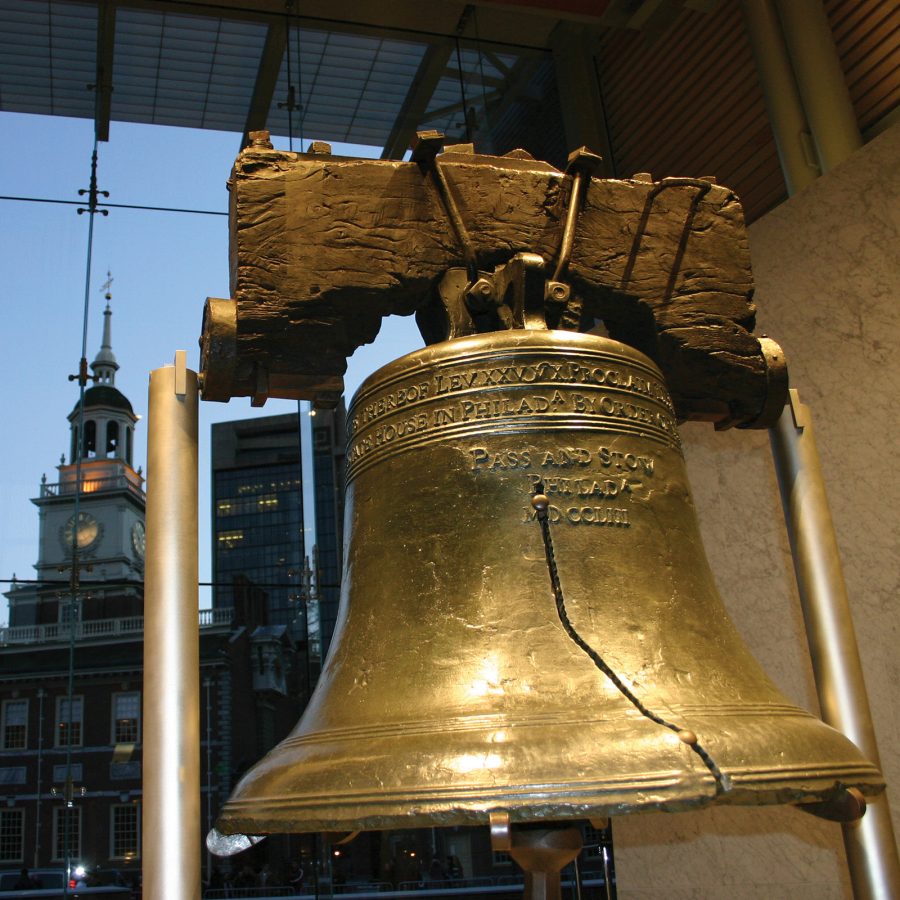
Credit: drbueller/Getty Images
Philadelphia, named after the ancient Greek words philos (love) and adelphos (brother), is the sixth most populous city in the United States – though you wouldn’t know it from appearances. The streets, which are wide and long, seem almost empty. The few people who dot the pavements walk at a leisurely pace, with no need to battle crowds to reach their destination – which is never far away in Philadelphia.
In fact, you can walk the length of the city, from the Delaware River to the Schuylkill River, in under an hour. When Philadelphia was founded by William Penn in the late-17th century, it was spread across a network of six-by-eight blocks and formed the nation’s first grid-based city. As the city has grown, this structure has ensured it remains accessible and interconnected: filled with walkable neighbourhoods.
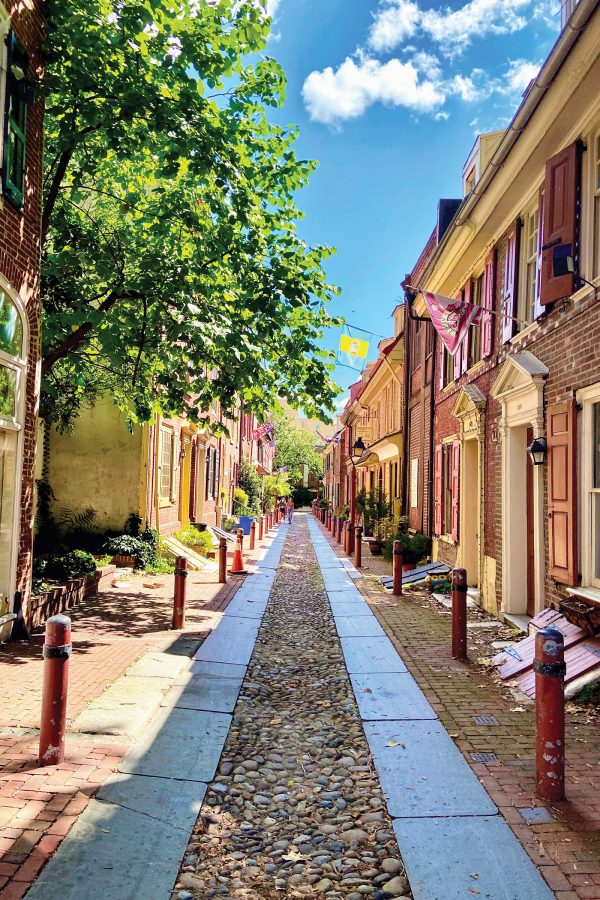
Credit: Ray Tan/Getty Images
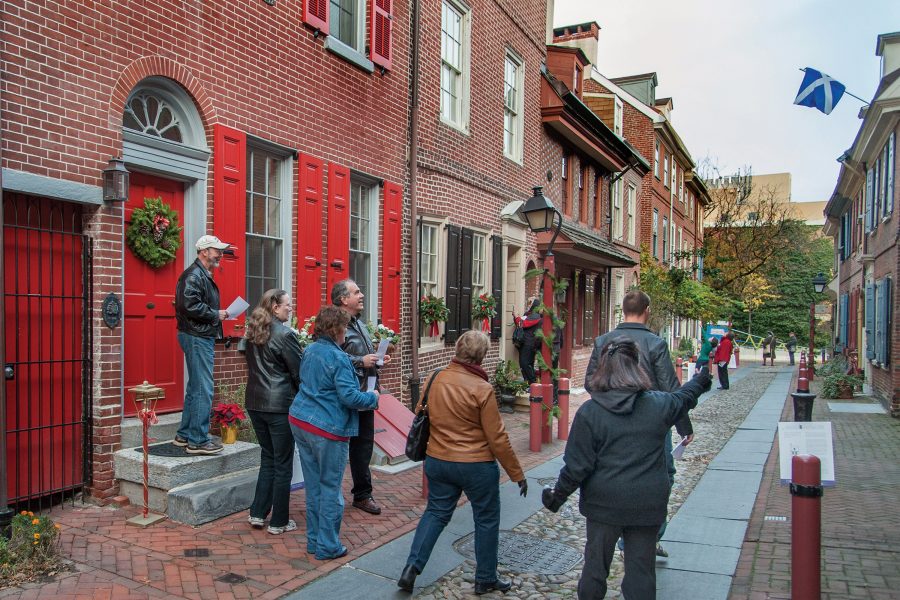
Credit: R. Kennedy for Visit Philadelphia

Credit: dszc/Getty Images
It’s a place steeped in history: in the old city alone there are 67 National Historic Landmarks, including the unique Elfreth’s Alley – a charming, cobbled street that transports you back in time. “To live on this street is to own a piece of the nation’s history,” my guide Seamus tells me on my walking tour of the old city. “This is the oldest continuously inhabited street in the US, and the residents are responsible for the maintenance costs required to ensure that the façades of their homes look as they would have done when they were built in the 1700s.”
Seamus, who has lived in the city his whole life, leads me past more historic sites: Carpenters’ Hall, which served as the meeting place of the First Continental Congress; the first US post office – the only one in the country that doesn’t hang the American flag outside “because it pre-dates it”; the home of Betsy Ross, who’s credited with creating said flag; Independence Hall, where the Declaration of Independence was signed; and the Liberty Bell, said to have rung out shortly after.

Credit: Visit Philadelphia
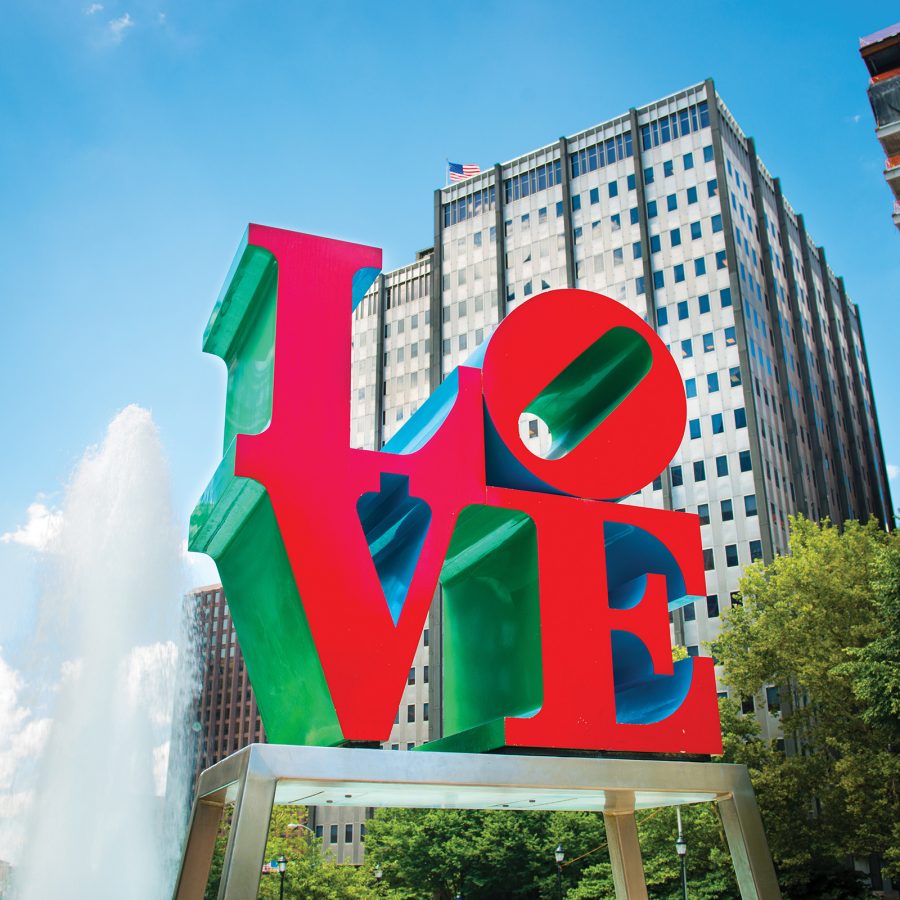
Credit: ferrantraite/Getty Images
But there’s more to this city than its storied past. “You may come for Philadelphia, but you stay for Philly,” says Robin Bloom, senior director of strategic communications at the Philadelphia Convention and Visitors Bureau and another Philly native. She’s right. While the city’s history is fascinating, it’s the unexpected contemporary sights that make it such a special place: for example, the striking murals that are scattered around town – some 4,000 of them. “We’re the mural capital of the world,” Bloom says proudly when I ask about the street art. “What started as an anti-graffiti initiative has blossomed into the Mural Arts Philadelphia programme. We collaborate with local artists to create these murals.”
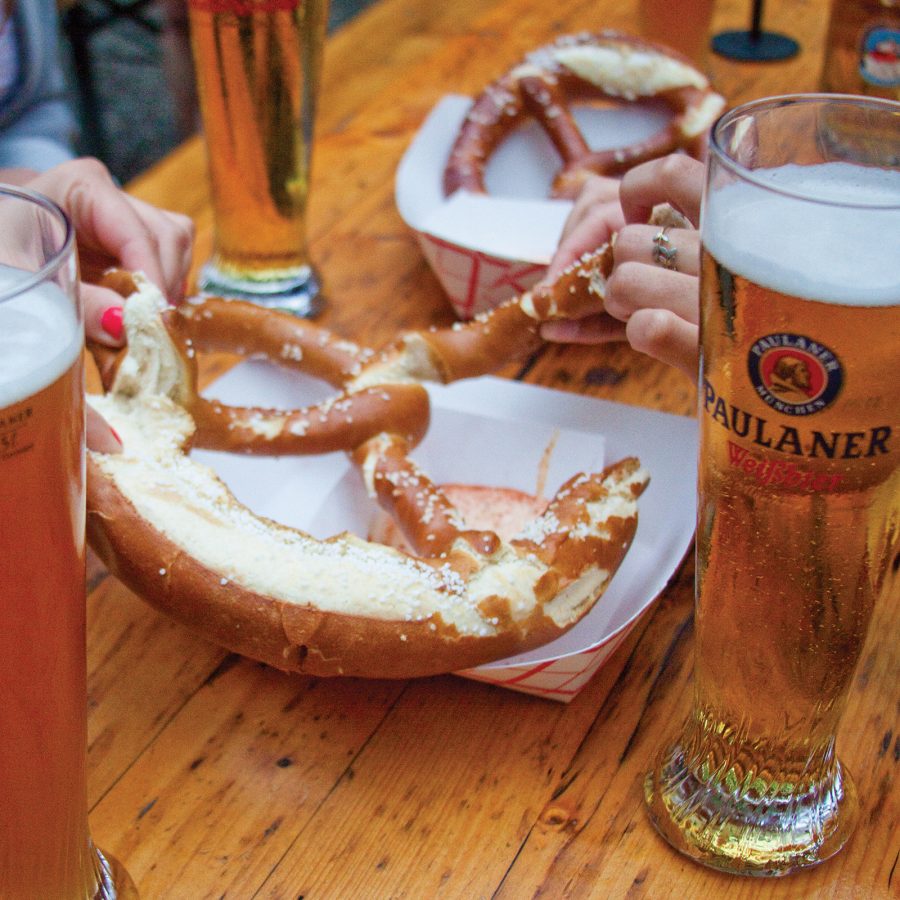
Credit: M. Fischetti for Visit Philadelphia
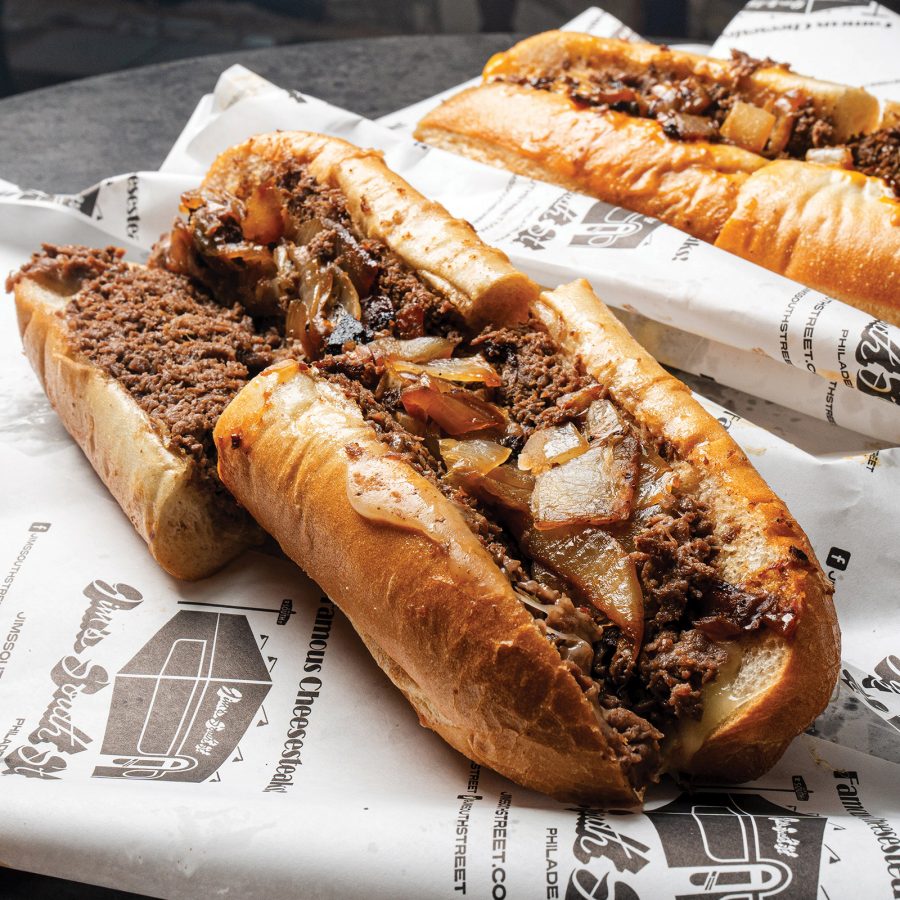
Credit: R. Rabena for Visit Philadelphia
A skip and a jump away from the old city, you’ll find Reading Terminal Market , offering a cornucopia of cuisines and Philadelphia’s answer to street food – if street food was an inviting farmer’s market. Buttery-soft pretzels, punchy creole food, sandwiches overflowing with American cheese and green bell peppers, the beloved Philly cheesesteak (though I’m told by many that the best cheesesteak can be found at Jim’s South St ), freshly shucked oysters and light sugar-glazed doughnuts. You could – and I do – spend hours wandering the aisles sampling the delights. However, outside, a burgeoning dining scene beckons.
“Philadelphia has an amazing community of chefs and restaurateurs,” says the James Beard-nominated chef Rich Landau. “Most of the folks that cook here are from the city. We’re friends and all support each other.” His plant-based restaurant Vedge , along with other lauded spots like neighbourhood eatery A.Kitchen , is helping to put Philadelphia on the culinary map, maintaining a focus on local, seasonal produce.
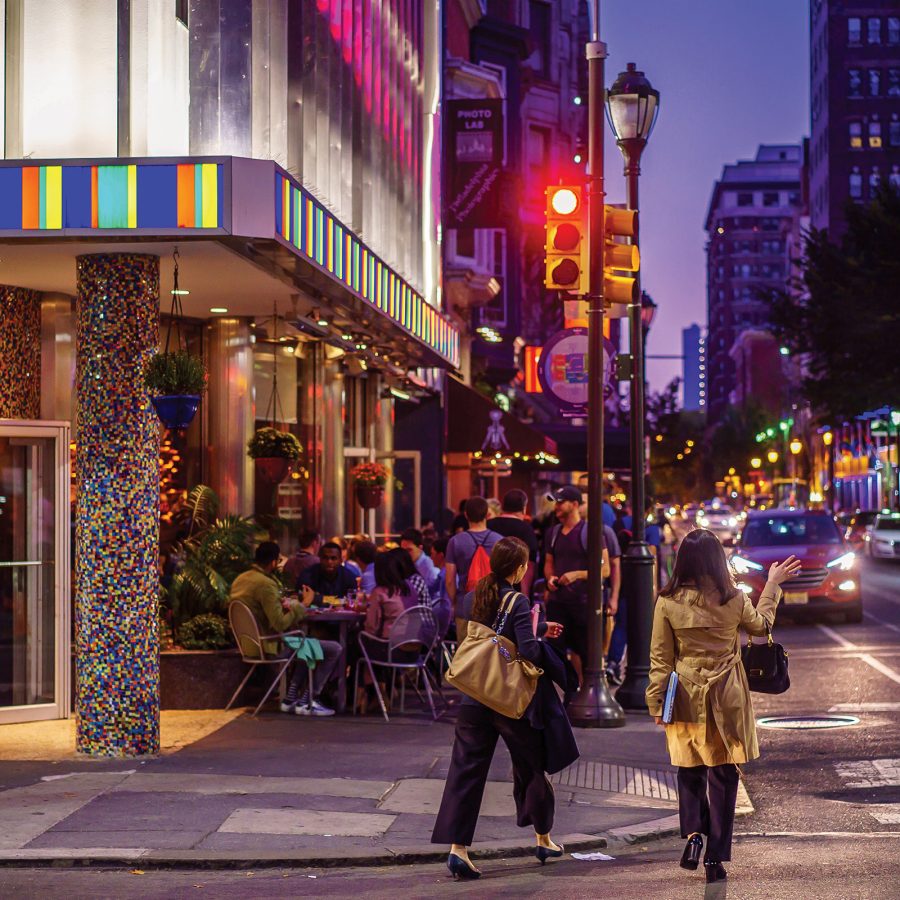
Credit: J. Fusco for Visit Philadelphia
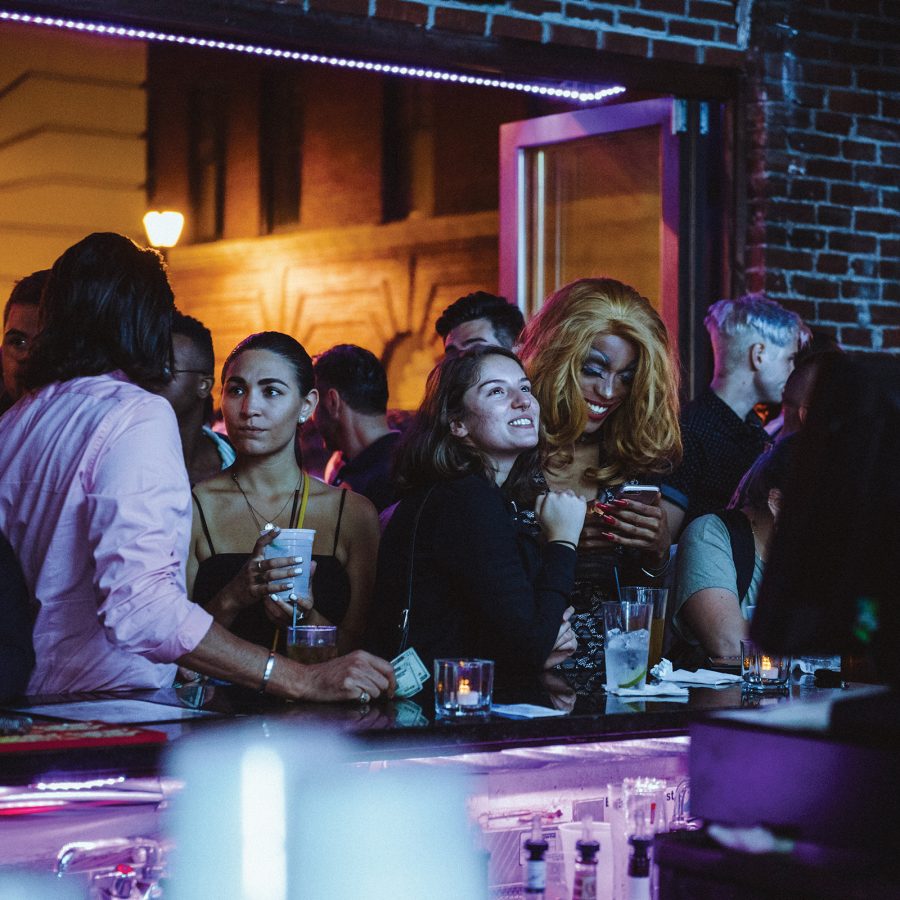
Credit: A. Ricketts for Visit Philadelphia
After the sun sets, the evening air is filled with the hum of conversation as people spill onto the sidewalks and into dining sheds around Midtown Village. A walk around this neighbourhood (affectionately known as Gayborhood) reveals an inviting, lively atmosphere, with its al fresco hangout spots adding to the charm. What makes Philadelphia so unique isn’t its rich history, its thriving arts or the dining scene – though these certainly play a role. It’s the city’s soul. Every step connects you to the pulse of a welcoming community of people who are proud to be from Philly, the City of Brotherly Love.
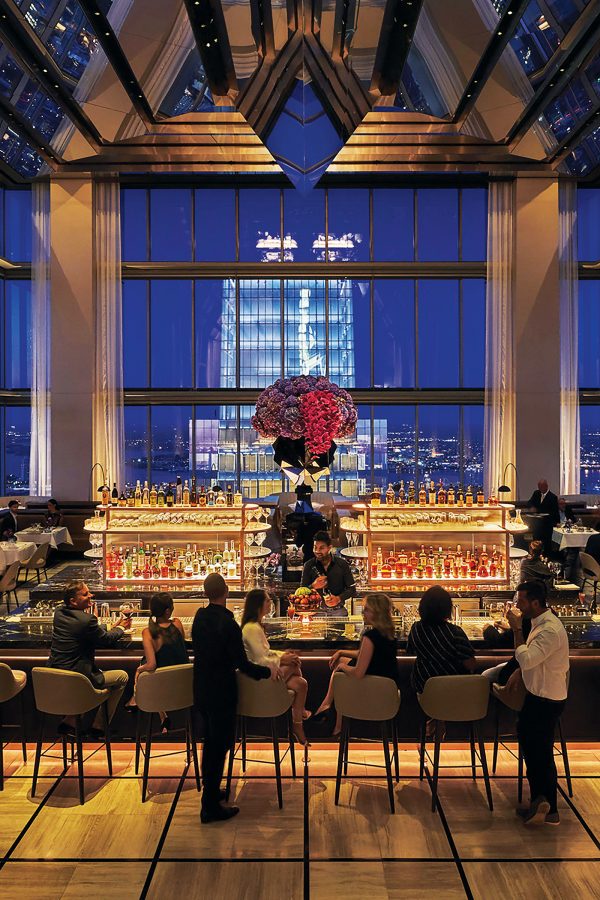
Credit: Christian Horan
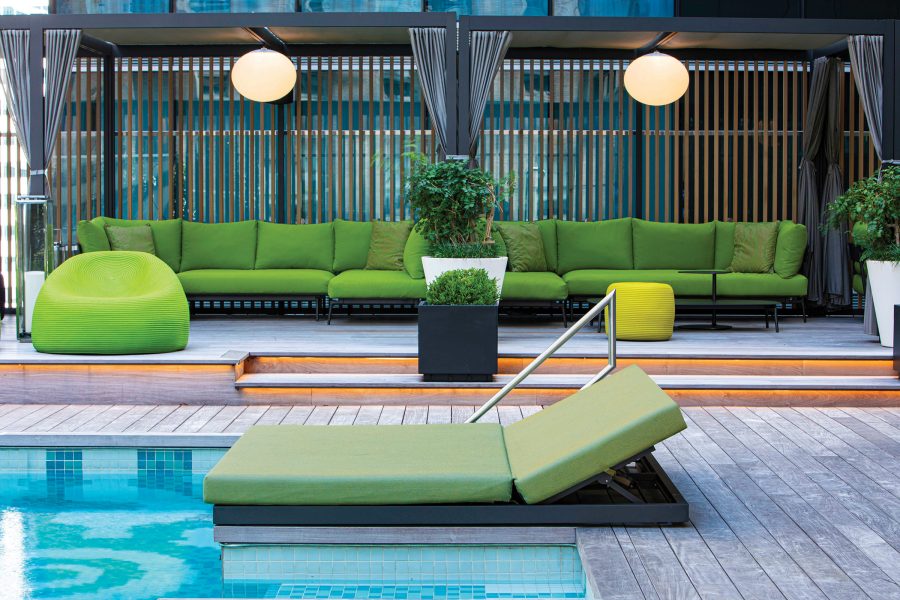
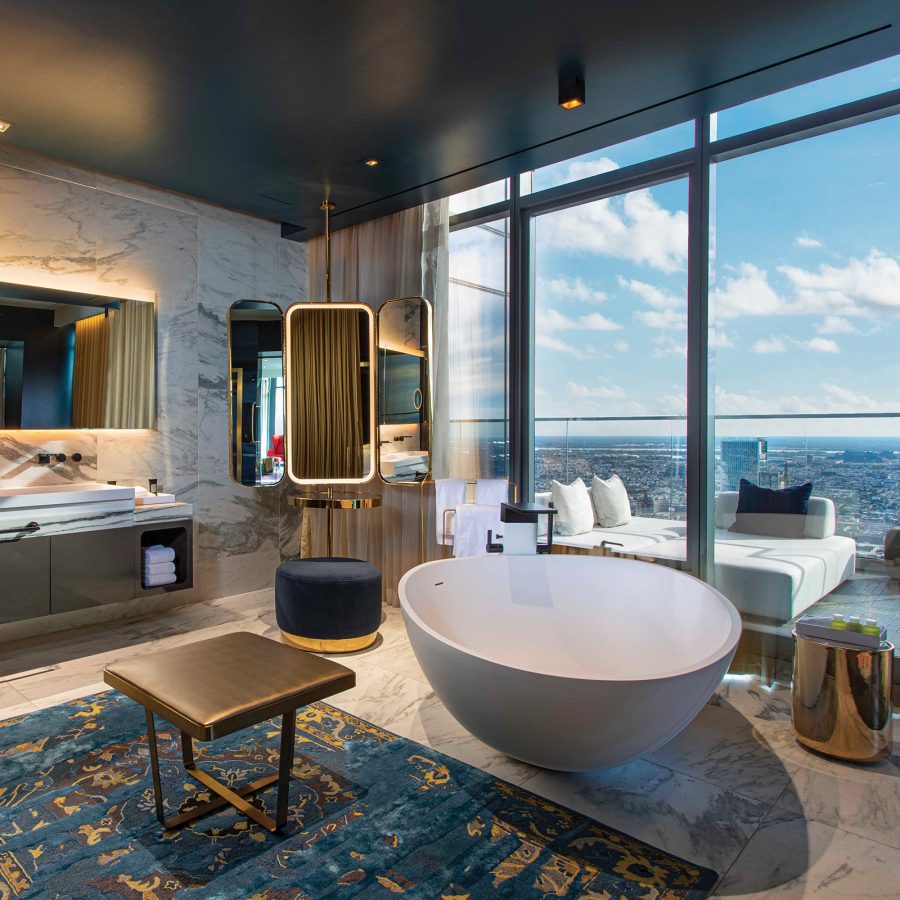
Stay here
High above the city streets, in the tallest building between Manhattan and Chicago, Four Seasons Hotel Philadelphia at Comcast Center promises an elevated stay in more ways than one. Wake up to the sun rising behind an endless horizon and end your day with a cocktail at SkyHigh Lounge.
W Philadelphia , meanwhile, is an ode to the city, drawing inspiration from its vibrant murals and showcasing works by local artists. The hotel embodies the group’s signature flair, all viewed through a distinctly local lens.
More inspiration
New York travel information
- China – the Chinese Mainland, Hong Kong SAR, Macao SAR and Taiwan Region
- Hong Kong SAR - English
- Chinese Mainland (China) - English
- Taiwan, China - English
- 香港特別行政區 - 繁體中文
- 中国內地 - 简体中文
- 中國台灣 - 繁體中文
- Africa
- South Africa - English
- Americas
- Canada - English
- Canada - Français
- United States - English
- Asia
- Bangladesh - English
- Korea - English
- Singapore - English
- Cambodia - English
- 한국 - 한국어
- Sri Lanka - English
- India - English
- Malaysia - English
- Thailand - English
- Indonesia - English
- Maldives - English
- ประเทศไทย - ภาษาไทย
- Indonesia - Bahasa Indonesia
- Myanmar - English
- Vietnam - English
- Japan - English
- Nepal - English
- Việt Nam - tiếng Việt
- 日本 - 日本語
- Philippines - English
- Australasia
- Australia - English
- New Zealand - English